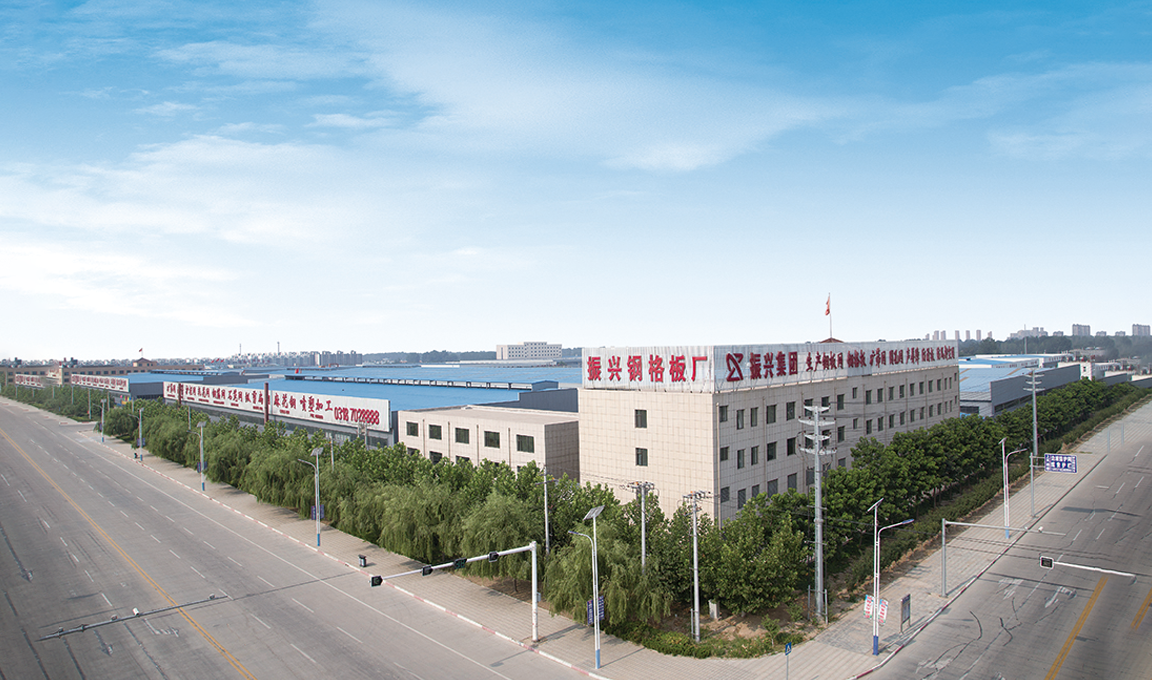Understanding Welded Grating Applications and Advantages
Welded grating has become a cornerstone material in various industries due to its durability, versatility, and cost-effectiveness. Defined as a type of flooring or support system built from a series of parallel bars welded together at their intersections, welded grating offers a range of benefits that make it an attractive option for construction, industrial applications, and architectural purposes.
Construction and Composition Welded grating is typically made from steel, although it can also be fabricated from stainless steel, aluminum, or fiberglass. The process involves welding together load-bearing bars and cross bars to form a grid pattern, creating a structurally sound product that can support heavy loads while maintaining stability. The design of welded grating allows for effective drainage and airflow, making it an ideal choice for environments where spills or moisture are concerns.
Applications Welded grating is widely used in various sectors, including
1. Industrial Facilities Heavy manufacturing plants, power stations, and chemical processing facilities often utilize welded grating for walkways, platforms, and stair treads. Its strength is crucial in these environments, where it must withstand the weight of machinery and personnel.
2. Construction Welded grating is a popular choice for scaffolding and temporary structures. Its ease of installation and removal makes it an efficient option for contractors who need robust yet lightweight materials.
3. Architectural Design The aesthetic appeal of welded grating has led to its use in architectural projects, such as decorative facades and outdoor spaces. The open design allows for creative lighting solutions and can enhance the visual quality of a building.
4. Transportation In the transportation sector, welded grating is often used in bridges, walkways, and railway platforms. Its ability to provide a non-slip surface is particularly beneficial for pedestrian safety.
welded grating

Advantages The appeal of welded grating lies in its numerous advantages
- Strength and Durability One of the standout features of welded grating is its ability to withstand heavy loads without bending or breaking, making it suitable for high-traffic areas.
- Low Maintenance Unlike some flooring options, welded grating requires minimal maintenance, reducing long-term costs for businesses. Rust-resistant materials can further extend the life of the grating.
- Customizability Welded grating can be fabricated to various sizes, load capacities, and bar spacing, allowing for tailored solutions to fit specific project requirements.
- Safety The open design of welded grating facilitates drainage, reducing the risks of water accumulation and slip hazards. Its sturdy construction also provides reliable footing for workers.
- Cost-Effectiveness Compared to other flooring materials, welded grating offers a balance of strength and affordability. This makes it an often-preferred option across multiple industries.
Conclusion In summary, welded grating is an integral material that provides a solid solution for various applications. Its durability, low maintenance, and safety features make it ideal for industrial, commercial, and architectural use. As industries continue to evolve, the demand for versatile materials like welded grating is expected to grow, solidifying its role in future construction and design projects. Whether enhancing workplace safety or contributing to innovative architectural designs, welded grating remains a go-to choice for many professionals.
-
The Best Metal Mesh Solutions: Expanded Aluminum Metal vs. Expanded Stainless Steel Metal
NewsSep.10,2024
-
Round Perforated Sheets vs. Hexagonal Perforated Sheets vs. Embossed Perforated Sheet Metal
NewsSep.10,2024
-
Perforated Metal Sheets
NewsSep.10,2024
-
Experience The Excellence Of Stainless Steel Grating
NewsSep.10,2024
-
Discover the Versatility Of Metal Mesh Expanded Forming Machines
NewsSep.10,2024
-
Discover The Advantages Of Steel Grating For Sale
NewsSep.10,2024
Subscribe now!
Stay up to date with the latest on Fry Steeland industry news.

